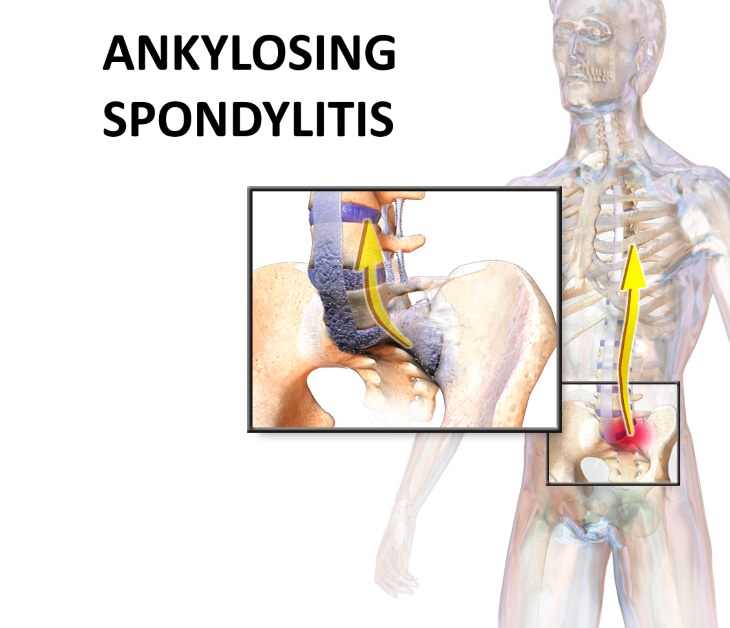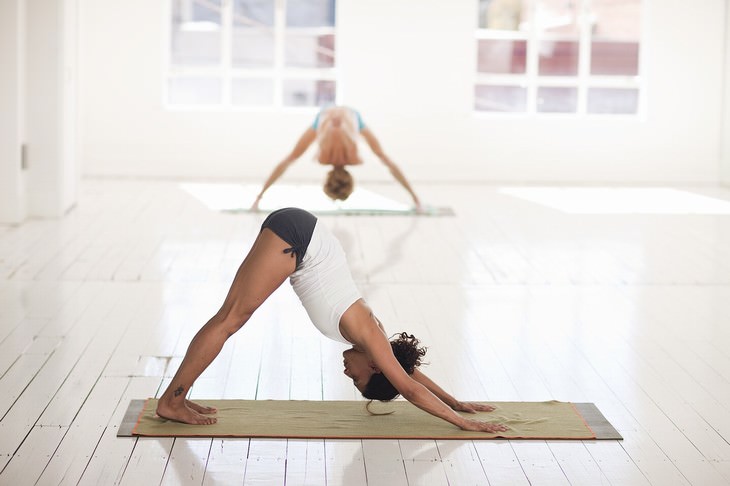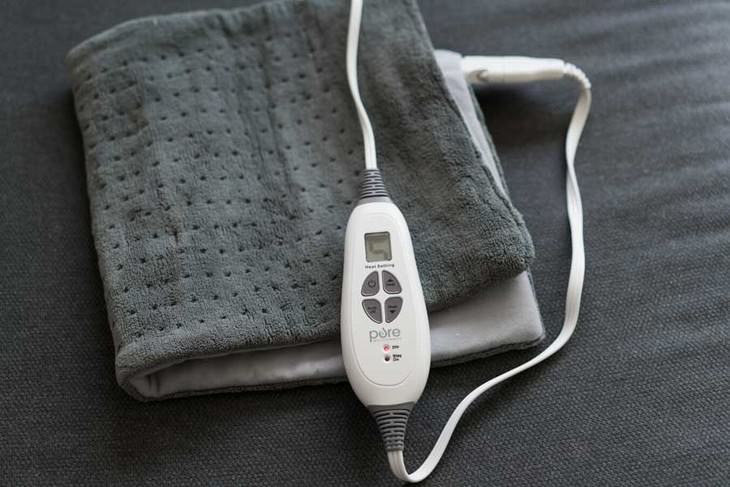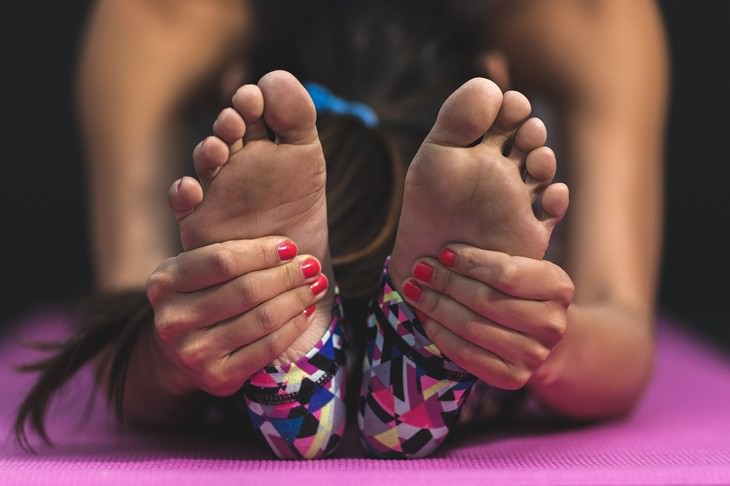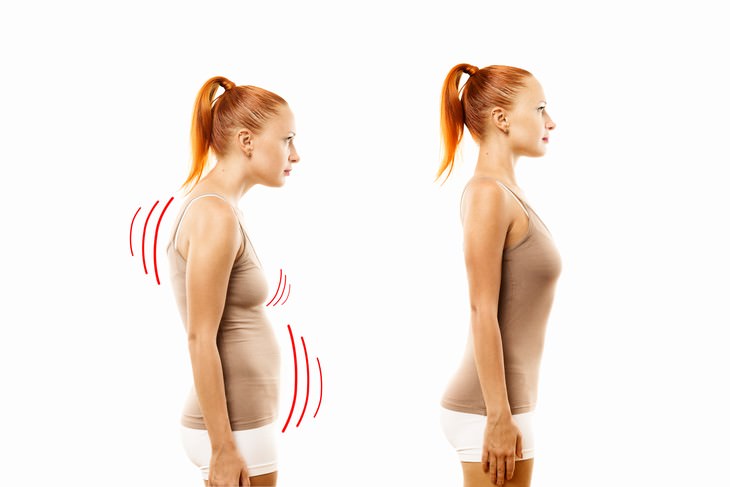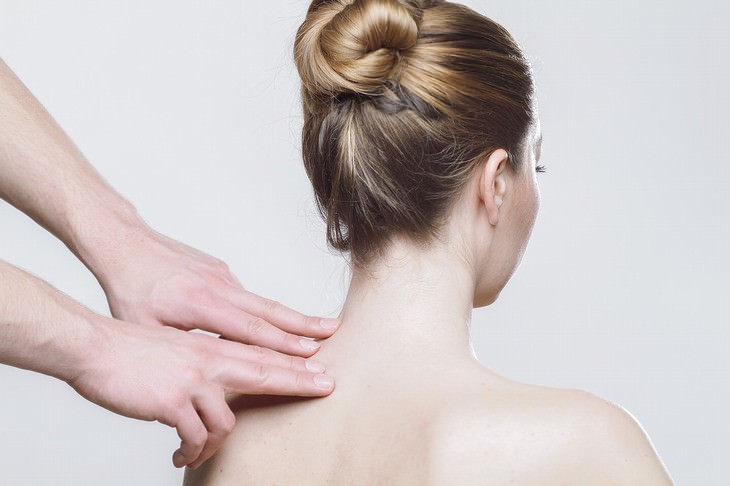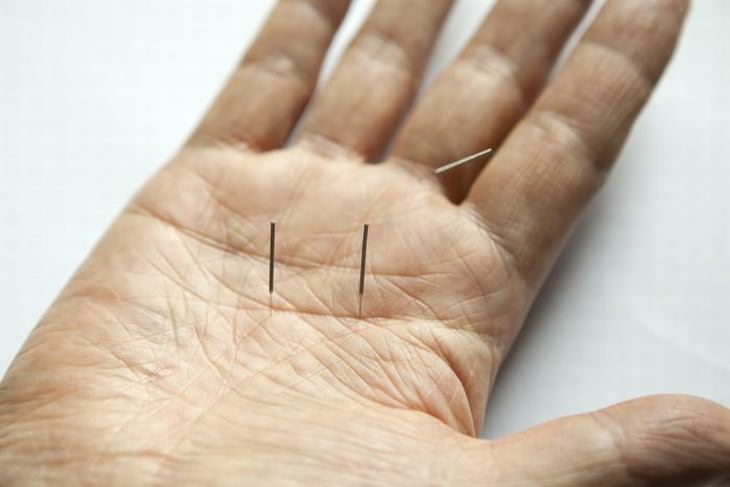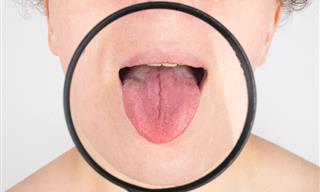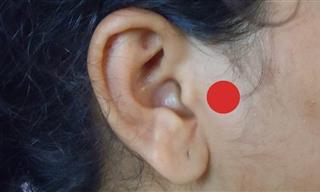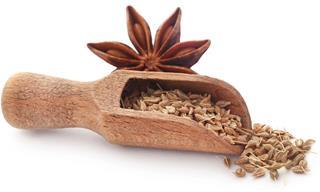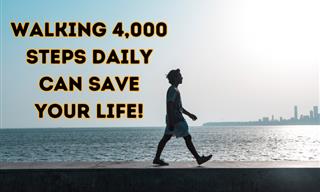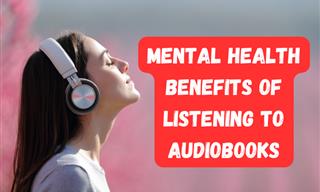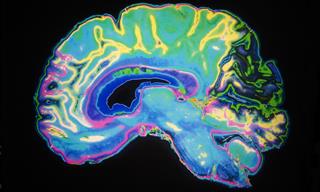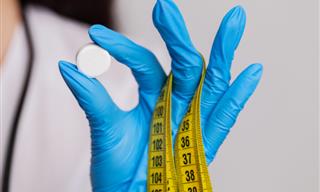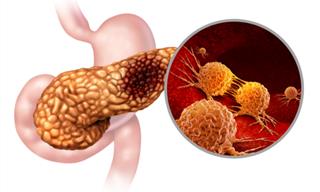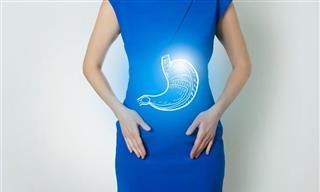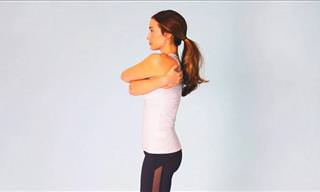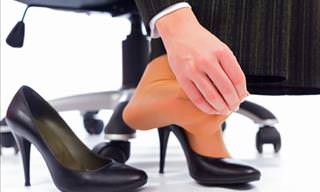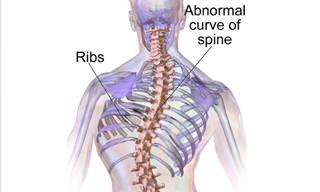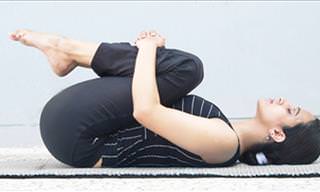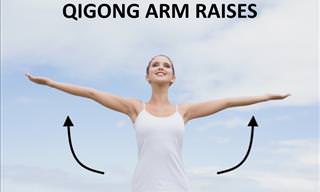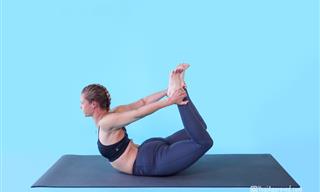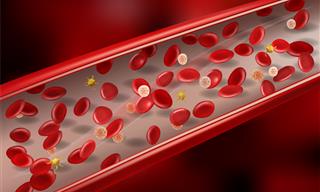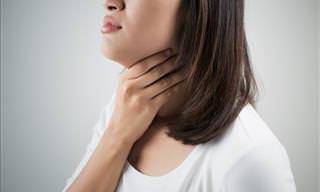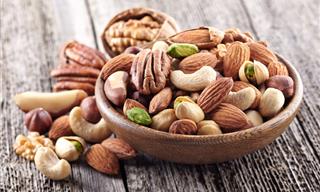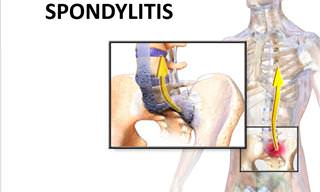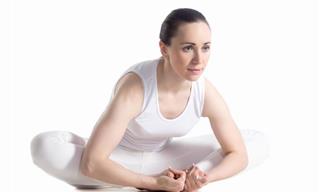What Are the Signs and Symptoms Of Ankylosing Spondylitis?
The symptoms of ankylosing spondylitis (AS) vary greatly, with some patients reporting back pain and stiffness in their late adolescence, and others starting to experience pain or immobility in other parts of the body as late as their mid-40s. Since the causes of the condition are still unknown, it is difficult to predict why people develop AS, but it is known that it may have a genetic component.
Also, men are more likely to suffer from AS than women, and in women, the condition more often manifests itself differently than in men, making diagnosis even more challenging. AS typically starts in the lower back, but it can affect most joints, such as:
- The joint between connecting the spine with the pelvis
- Vertebrae, especially the lower back
- Hips
- Shoulders
- Ribs and the breastbone.
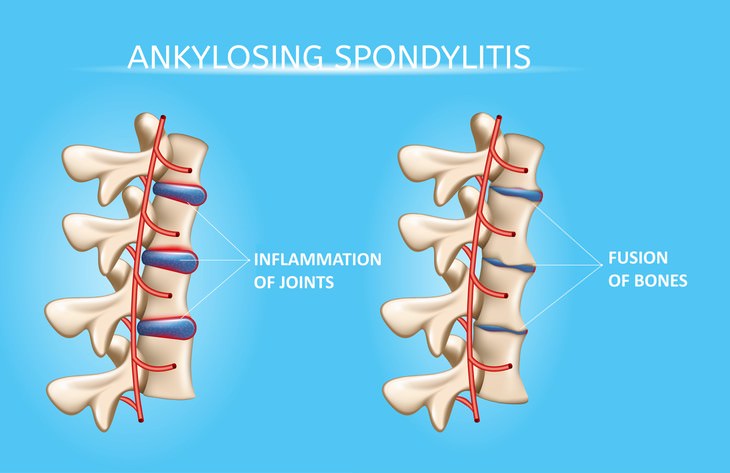
Despite the great variability, AS can be characterized by the following symptoms depending on the stage of the development of the disease:
- Back pain
- Stiffness
- Symptoms typically worsen during periods of inactivity, such as sleep or long periods of sitting
- Poor posture or stooped shoulders
- Pain and lack of flexibility in the feet
- Loss of appetite
- Low-grade fever
- Weight loss
- Fatigue
- Anemia or low iron.
If left untreated, the vertebrae in the lower back can fuse together, causing a characteristic tilt forward of the upper body. The complications of the disease include eye damage, problems breathing and even heart damage. Medical interventions and surgery are the traditional ways of managing the symptoms of AS, but doctors urge AS patients to stay active to slow the progression of the disease, as there is no cure for AS.
Below, we discuss natural treatments and why they are beneficial to AS patients.
Yoga and Stretching
Retaining your flexibility and range of motion is one of the main goals for an AS patient, as it helps your posture and reduces the pain. Yoga and stretching on a daily basis can make your spine and joints more flexible and improve your strength. Here is an example of yoga exercises beneficial for your spine.
Heat and cold therapy
Hot and cold temperatures are your friend if you’re experiencing stiffness or if your joints feel inflamed and painful. A warming shower or heating pads can decrease the pain and stiffness that come with AS, and ice packs may be helpful at reducing inflammation.
Exercise
Exercises that aim to stabilize and strengthen the joints are very beneficial to AS patients. These include range-of-motion exercises and strength training exercises. Strength exercises will also help you maintain a healthy weight, which is very important for AS patients. We have a dedicated article on the types of exercise that can reduce pain and inflammation that can be accessed through this link.
Posture training
As we have discussed above, bad posture is one of the symptoms of AS, as the stiffness and the pain in the spine affect one’s posture. Practice good posture, give yourself reminders and be aware of how you carry your weight on a regular basis. You can also use special devices, such as chairs and seats that encourage good posture.
Therapeutic Massages
Therapeutic massages are beneficial for people suffering from AS, as they can help with the range of motion. Both relaxing and invigorating massages are beneficial, just make sure to mention to your massage therapist that you have AS, as deep tissue massage and joint massage is usually prohibited for patients with AS, and therapists use a specific kind of technique to relieve the pain and inflammation for this condition.
Acupuncture
This Ancient Chinese medicinal technique is known for stimulating specific points in the body, which triggers the release of pain-relieving hormones in the brain so this treatment can be beneficial for relieving pain for some AS patients. If you’re considering acupuncture to treat AS, look for a trained professional who works in a clean environment and uses sterile or disposable needles.
In summary, there are a variety of different home treatments of ankylosing spondylitis that will help people suffering from this condition maintain an active and fulfilling life, but each treatment should be discussed and supported by a medical professional for your safety.
 Go to BabaMail
Go to BabaMail


